 1995 Mitsubishi Mirage V (CJO) Dimensions, Size & Specs
1995 Mitsubishi Mirage V (CJO) Dimensions, Size & SpecsMeasurements of the 1995 Mitsubishi Mirage V, engineered for optimal performance and comfort
| Dimensions | |
|---|---|
| Length: | 4290 mm168.9 in14.1 ft |
| Width: | 1690 mm66.5 in5.5 ft |
| Height: | 1395 mm54.9 in4.6 ft |
| Trunk Capacity: | 420 liter14.8 cu ft |
| Weight Specifications | |
| Curb Weight: | 970 kg2138 lbs |
| Tire Specifications | |
| Tire Sizes: |
|
The Mitsubishi Mirage V (CJO), produced from 1995 to 2002, represents a well-balanced compact sedan option designed for practical urban and suburban driving. Measuring 4,290 mm (169.0 inches) in length, 1,690 mm (66.5 inches) in width, and 1,395 mm (54.9 inches) in height, the Mirage V offers a comfortably sized profile that fits well within the subcompact-to-compact sedan category. Its curb weight of 970 kg (2,139 lbs) supports efficient handling and fuel economy, making it an economical choice in the 1990s sedan market. The vehicle's luggage capacity stands at 420 liters (14.8 cubic feet), providing ample space for everyday cargo, groceries, or small luggage needs, situating the Mirage V as an attractive option for small families or individuals requiring a versatile trunk. Tire options included the smaller 155/80 R13 S for enhanced fuel efficiency and cost-effectiveness, as well as performance-oriented 195/55 R15V tires, highlighting flexibility in handling and driving experience. Overall, the Mitsubishi Mirage V (CJO) blends modest dimensions with practical utility and lightweight design, suitable for drivers seeking a reliable compact sedan with reasonable interior space and manageable exterior proportions.
Discover the standout features that make the 1995 Mitsubishi Mirage V a leader in its class
Have a question? Please check our knowledgebase first.
The Mitsubishi Mirage V (CJO) 1995 sedan measures 4290 mm (approximately 168.9 inches) in length, 1690 mm (about 66.5 inches) in width, and has a height of 1395 mm (around 54.9 inches). These dimensions place it firmly in the compact sedan segment, offering a balanced size that suits urban and suburban driving environments. Its relatively moderate height helps it maintain a sleek and aerodynamic profile while providing adequate headroom for passengers inside.
The 1995 Mitsubishi Mirage V (CJO) has a curb weight of 970 kg (approximately 2,138 pounds). This relatively light weight contributes to its fuel efficiency and nimble handling characteristics, making it easy to drive in city traffic or narrow roads. A lower curb weight typically aids acceleration and braking, and it often results in reduced fuel consumption compared to heavier vehicles in its class, which is ideal for drivers seeking economical daily transportation.
The luggage capacity of the 1995 Mitsubishi Mirage V (CJO) sedan is 420 liters, which is approximately 14.8 cubic feet. This is quite generous for a compact sedan of its era, allowing comfortable storage for groceries, luggage, or other cargo. This capacity enables the Mirage V to serve well for small family trips or daily errands, providing sufficient space without compromising passenger comfort inside the cabin.
The Mitsubishi Mirage V (CJO) from 1995 uses two tire size options: 155/80 R13 S and 195/55 R15V. The 155/80 R13 tires are narrower and provide a softer, more comfortable ride, ideal for city driving and standard roads. In contrast, the 195/55 R15V tires offer a wider footprint and improved grip, which enhances handling and cornering capabilities, especially at higher speeds. Both tire sizes contribute to the versatility and overall balance in ride quality of the vehicle.
Yes, the 1995 Mitsubishi Mirage V, with its length of 4290 mm (168.9 inches) and width of 1690 mm (66.5 inches), fits comfortably into a standard home garage. Most single-car garages measure about 3000 to 6000 mm in length and around 2400 to 3000 mm in width, making the Mirage V well within the size limits. Its compact dimensions facilitate parking and maneuvering in typical residential garages without difficulty or excessive clearance concerns.
Compared to its predecessor, the Mitsubishi Mirage IV, the Mirage V (CJO) introduced from 1995 to 2002 generally featured modest dimensional changes focusing on increased interior space and improved aerodynamics. The Mirage V’s length of 4290 mm, width of 1690 mm, and height of 1395 mm are slightly larger or similar, offering a roomier cabin and more ample luggage capacity. These changes were designed to improve passenger comfort without significantly increasing the vehicle's footprint, maintaining its appeal as a compact sedan.
The 1995 Mitsubishi Mirage V (CJO) sits well within the typical size range for compact sedans in the mid-1990s. Its length of 4290 mm (168.9 inches) and width of 1690 mm (66.5 inches) are comparable to contemporaries like the Honda Civic and Toyota Corolla, which also targeted similar market segments. The Mirage’s moderate height of 1395 mm (54.9 inches) gives it a slightly lower profile, aiding aerodynamics. Its generous luggage space of 420 liters is competitive, making it an attractive option for buyers seeking practical compact transportation with sufficient interior space.
The interior space of the 1995 Mitsubishi Mirage V strikes a good balance for a compact sedan. Its exterior dimensions translate into a comfortable cabin that can seat four to five passengers with adequate headroom and legroom for daily commuting or short road trips. The sedan layout provides a traditional three-box design, separating the passenger and luggage areas efficiently. The relatively low height of 1395 mm (54.9 inches) is offset by thoughtful interior packaging to maximize usable space inside.
During its production period from 1995 to 2002, the Mitsubishi Mirage V (CJO) was typically powered by a range of small-displacement engines designed for economy and reliability. Engine options commonly included 1.3L and 1.5L four-cylinder petrol engines. These engines provided sufficient power for urban and suburban driving, emphasizing fuel efficiency and low running costs. The lightweight curb weight of 970 kg (2,138 lbs) helped to optimize performance and handling, maintaining a balance between economy and driving enjoyment.
The Mitsubishi Mirage V (CJO) was regarded as a fuel-efficient compact sedan in its era, largely due to its lightweight construction at 970 kg (2,138 lbs) and its small-displacement engines. It typically delivered competitive fuel economy figures, often surpassing larger sedans or those with less efficient powertrains. These advantages made it attractive to buyers prioritizing running costs, especially in urban environments where smaller, nimble cars can shine. While exact fuel economy can vary based on engine type and market, it generally aligned well with or better than other compact sedans of the mid-90s.
Discover similar sized cars.

| Production: | 1989-2003 |
|---|---|
| Model Year: | 1989 |
| Length: | 4215-4335 mm165.9-170.7 in |
| Width: | 1675-1695 mm65.9-66.7 in |
| Height: | 1375-1420 mm54.1-55.9 in |
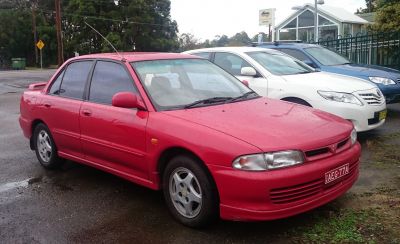
| Production: | 1992-1996 |
|---|---|
| Model Year: | 1991 |
| Length: | 4275 mm168.3 in |
| Width: | 1690 mm66.5 in |
| Height: | 1385 mm54.5 in |

| Production: | 1995-1996 |
|---|---|
| Model Year: | 1995 |
| Length: | 4310 mm169.7 in |
| Width: | 1695 mm66.7 in |
| Height: | 1420 mm55.9 in |
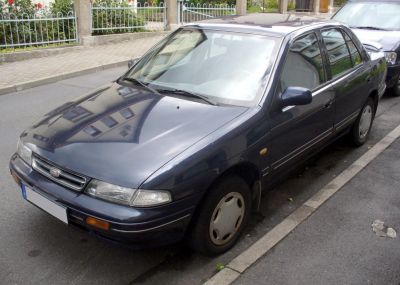
| Production: | 1995-1998 |
|---|---|
| Model Year: | 1995 |
| Length: | 4280-4360 mm168.5-171.7 in |
| Width: | 1695 mm66.7 in |
| Height: | 1390 mm54.7 in |
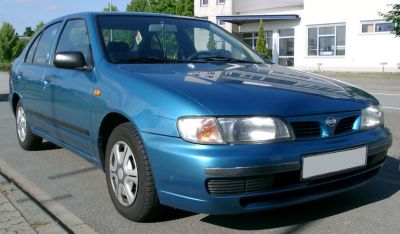
| Production: | 1995-2000 |
|---|---|
| Model Year: | 1995 |
| Length: | 4320 mm170.1 in |
| Width: | 1690 mm66.5 in |
| Height: | 1365-1395 mm53.7-54.9 in |
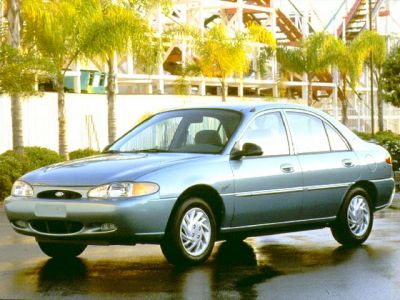
| Production: | 1995-2000 |
|---|---|
| Model Year: | 1995 |
| Length: | 4293 mm169.0 in |
| Width: | 1700 mm66.9 in |
| Height: | 1394 mm54.9 in |
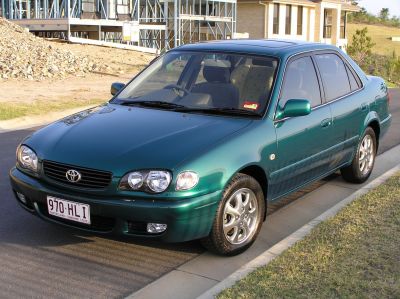
| Production: | 1997-2000 |
|---|---|
| Model Year: | 1998 |
| Length: | 4295 mm169.1 in |
| Width: | 1690 mm66.5 in |
| Height: | 1385 mm54.5 in |
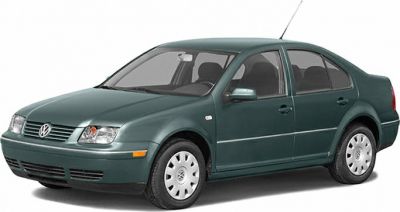
| Production: | 1998-2005 |
|---|---|
| Model Year: | 1999 |
| Length: | 4374-4380 mm172.2-172.4 in |
| Width: | 1730-1740 mm68.1-68.5 in |
| Height: | 1446-1480 mm56.9-58.3 in |
